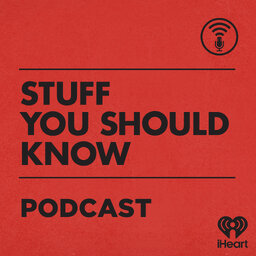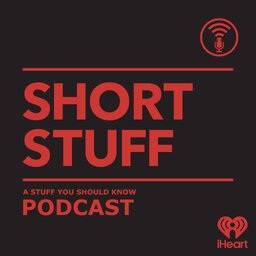How 3D Printing Works
With 3D printing you can print not just pictures and words, but actual objects from files. And as costs come down, the list of things you can print expand: from food, to organs, to guns.
Learn more about your ad-choices at https://www.iheartpodcastnetwork.com
 Stuff You Should Know
Stuff You Should Know


